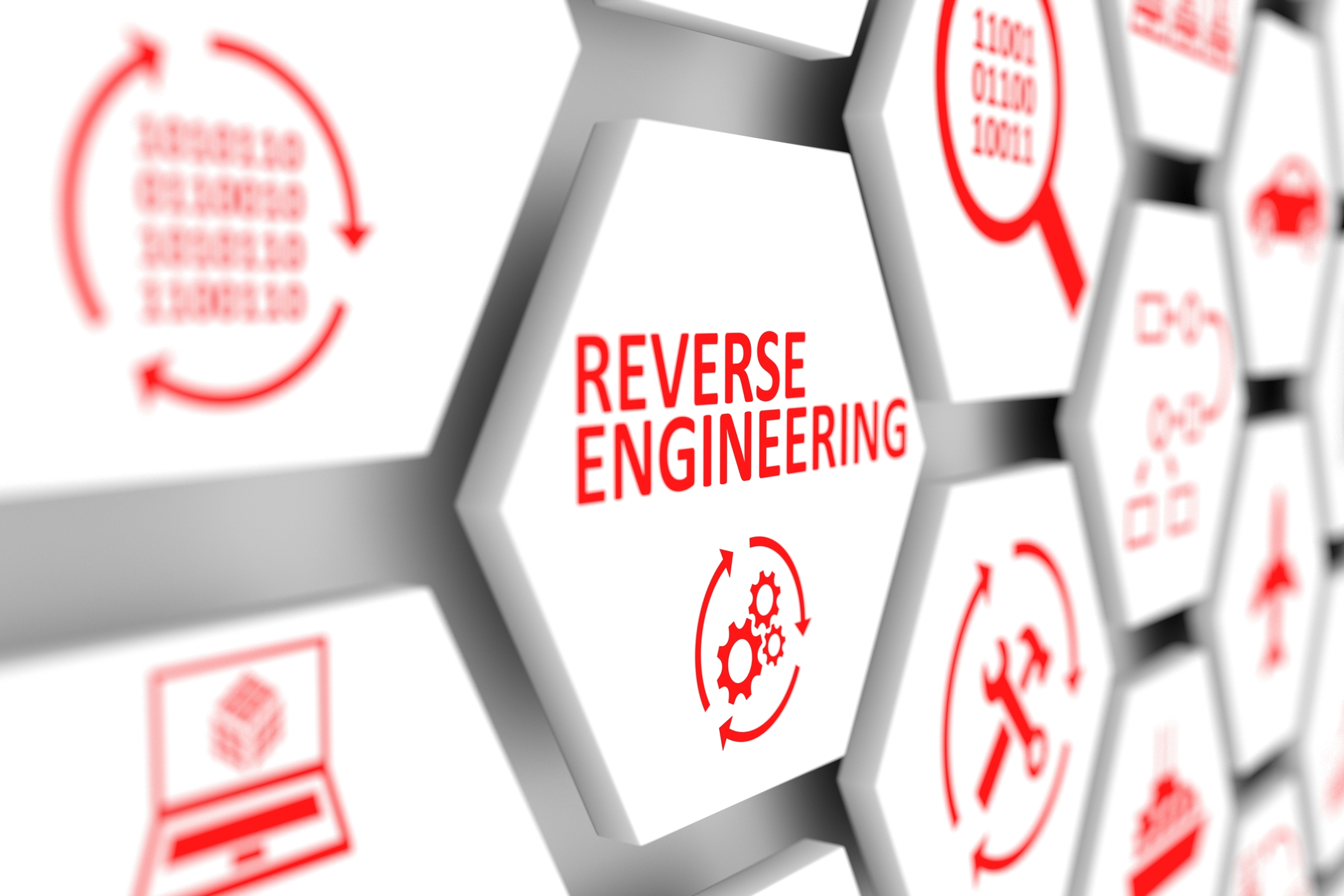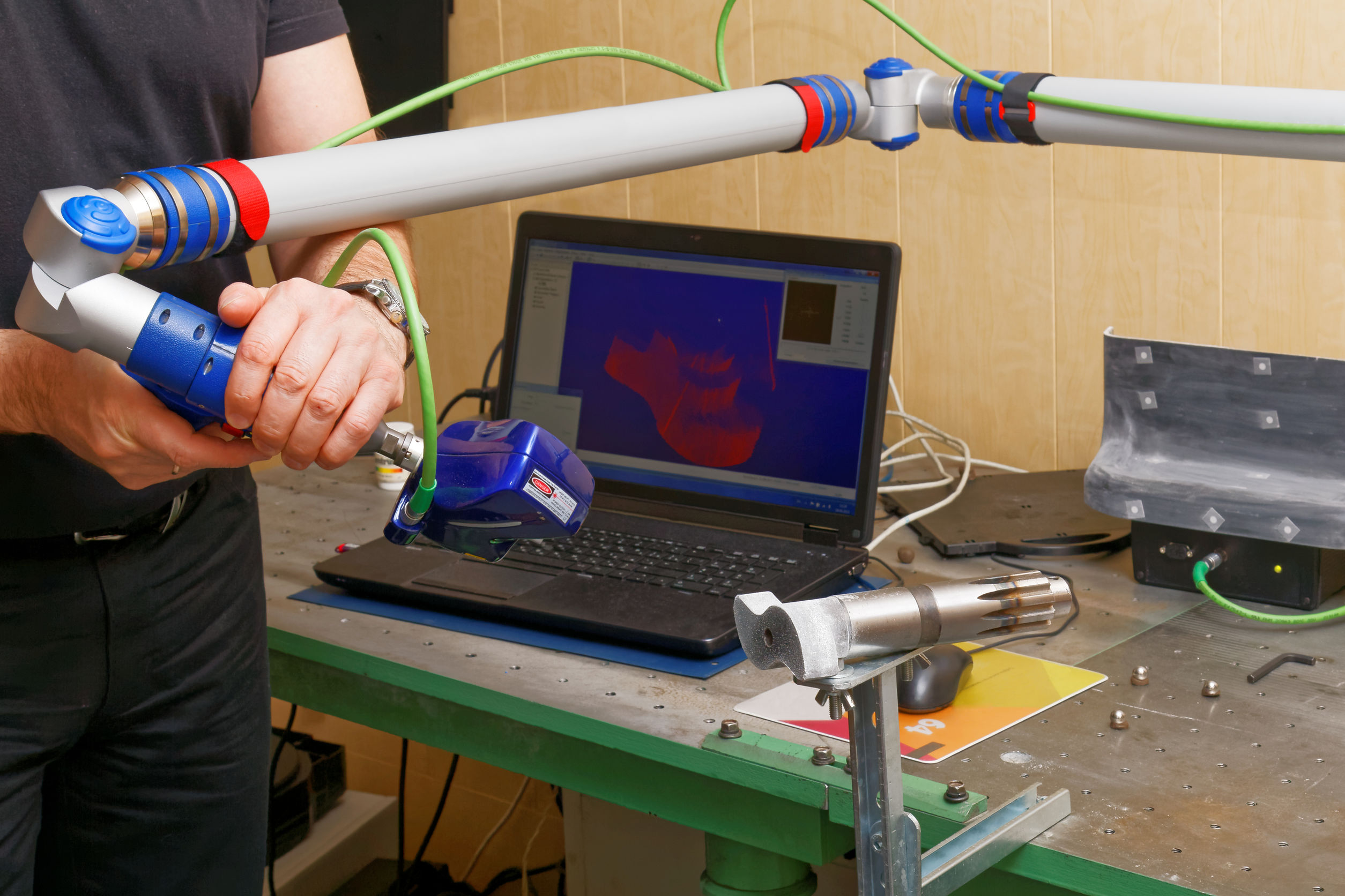Reverse Engineering: A Comprehensive Overview

Reverse engineering, a crucial aspect of software development, involves the systematic analysis and reconstruction of existing software systems to ascertain their underlying design, functionality, and behavior. It plays a significant role in various domains, from software maintenance and debugging to vulnerability assessment and malware detection.

Phases of Reverse Engineering

The process of reverse engineering typically encompasses several distinct phases:
-
Preparation: In this initial phase, the scope and boundaries of the reverse engineering project are defined. The necessary resources, such as tools and documentation, are gathered.
-
Extraction: The next phase involves extracting relevant information from the software system being analyzed. Techniques used include binary code analysis, disassembly, and decompilation.
-
Analysis: The extracted information is meticulously analyzed to comprehend the system’s design and functionality. This involves identifying components, data structures, control flow, and dependencies.
-
Reconstruction: Based on the insights gained from the analysis phase, a comprehensive model of the software system is reconstructed. This model aims to represent the system’s behavior and architecture accurately.
-
Verification: In this final phase, the reconstructed model is validated to ensure its fidelity to the original software system. Testing and comparison are commonly employed to verify the model’s correctness.
Techniques in Reverse Engineering
Reverse engineering leverages a diverse array of techniques to extract and analyze software systems:
- Static Analysis: Examines the software’s binary code or assembly-level representation to uncover its structure and behavior.
- Dynamic Analysis: Involves executing the software and monitoring its behavior during runtime to observe its interactions and dependencies.
- Binary Code Pattern Matching: Identifies known code patterns or sequences within binary code, aiding in the recognition of specific functionalities or components.
- Data Structure Analysis: Focuses on identifying and understanding the data structures employed by the software system.
- Decompilation: Converts binary code into high-level programming language source code, facilitating comprehension of the system’s design and logic.
Applications of Reverse Engineering
The applications of reverse engineering span a broad spectrum, including:
- Software Maintenance and Evolution: Aids in understanding and modifying existing software systems, enabling maintenance and enhancements.
- Bug Identification and Debugging: Facilitates the detection and resolution of software bugs and malfunctions.
- Vulnerability Assessment and Malware Detection: Helps identify potential security vulnerabilities and detect malicious software within systems.
- Legal and Forensic Investigations: Assists in software-related investigations, providing evidence and insights for legal proceedings.
- Research and Education: Provides a foundation for understanding the inner workings of software systems, supporting academic research and educational purposes.
In conclusion, reverse engineering plays a pivotal role in software development, enabling the analysis and understanding of existing software systems. Its applications extend across various domains, contributing to software maintenance, debugging, security assessments, and research endeavors. Understanding the principles and techniques involved in reverse engineering is essential for professionals seeking to master the intricate world of software systems.## Reverse Engineering: A Detailed Guide
Executive Summary
Reverse engineering involves disassembling a product to understand its design, components, and functionality. It offers numerous benefits, including enhancing product comprehension, identifying areas for improvement, and facilitating innovation. This guide provides a comprehensive overview of the reverse engineering process, covering its subtopics and applications.
Introduction
Reverse engineering is a valuable technique used to analyze and extract knowledge from existing products. By examining the inner workings of a product, engineers can gain insights into its design principles, material composition, and manufacturing techniques. This knowledge can be leveraged for various purposes, such as product improvement, cost reduction, and competitive analysis.
FAQs
Q: What is the primary objective of reverse engineering?
A: The primary objective is to understand the design and functionality of a product by disassembling and analyzing its components.
Q: What industries benefit most from reverse engineering?
A: Industries that rely on innovation and product development, such as manufacturing, automotive, and electronics, find reverse engineering particularly valuable.
Q: Are there legal considerations associated with reverse engineering?
A: Yes, it’s crucial to consider intellectual property rights and patents before engaging in reverse engineering activities.
Subtopics
Design Analysis
Description: Design analysis involves scrutinizing the product’s structure, materials, and assembly methods to uncover its design principles.
- Materials Identification: Identifying the materials used in the product’s construction helps determine their properties, compatibility, and cost.
- Component Examination: Disassembling the product into its individual components allows for a detailed study of their shape, function, and interactions.
- Functional Analysis: Exploring how the components collaborate to achieve the product’s desired functionality.
Manufacturing Process Investigation
Description: Investigating the manufacturing process sheds light on the techniques and machinery used to produce the product.
- Production Methods: Identifying the manufacturing methods employed, such as casting, forging, or injection molding.
- Tooling Analysis: Studying the tooling used in the production process provides insights into the precision and efficiency of the manufacturing operation.
- Quality Control Assessment: Examining the quality control measures implemented during the manufacturing process to determine their effectiveness.
Performance Evaluation
Description: Performance evaluation assesses the product’s functionality, efficiency, and durability to identify potential improvements.
- Functional Testing: Conducting tests to evaluate the product’s functionality and performance under various operating conditions.
- Efficiency Analysis: Measuring the product’s energy consumption, productivity, and other efficiency metrics.
- Reliability Assessment: Determining the product’s lifespan, durability, and resistance to wear and tear.
Cost Analysis
Description: Cost analysis examines the product’s production costs to identify areas for optimization.
- Materials Cost Analysis: Calculating the cost of the materials used in the product’s construction.
- Manufacturing Cost Assessment: Estimating the cost of the manufacturing process, including labor, tooling, and overhead expenses.
- Market Value Estimation: Determining the product’s potential market value based on its features, performance, and competition.
Innovation and Development
Description: Reverse engineering serves as a valuable tool for innovation and product development.
- New Product Ideation: Reverse engineering competitor products can inspire new product ideas and features.
- Design Optimization: By studying superior design solutions, engineers can identify improvements for existing products.
- Technological Advancements: Reverse engineering can accelerate technological progress by exposing engineers to novel design concepts and materials.
Conclusion
Reverse engineering is a powerful technique that empowers engineers to comprehend, improve, and innovate products. By understanding the design, manufacturing, performance, cost, and innovation aspects of a product, engineers can gain valuable insights that can drive competitive advantage and fuel technological advancement.
Keyword Tags
- Reverse Engineering
- Product Analysis
- Innovation
- Manufacturing
- Cost Optimization
